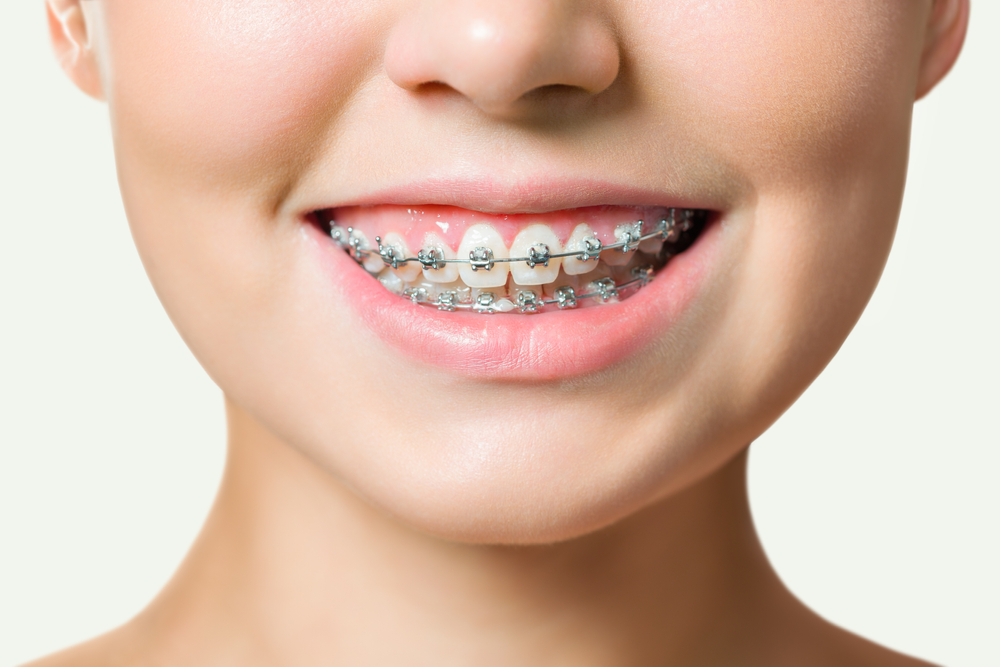The Role of Orthodontics in Preventing Tooth Decay and Gum Disease
In the world of dental care, the importance of maintaining a radiant smile goes beyond aesthetics. Beyond the pearly whites lies a complex interplay of oral health factors, with tooth decay and gum disease lurking as common issues. This guide will explore how orthodontics can help fight the battle against these common oral problems.
Understanding Tooth Decay and Gum Disease
To understand the role of orthodontics in preventing oral health issues, it’s essential first to understand the two primary adversaries: tooth decay and gum disease.
- Tooth decay, commonly known as cavities, occurs when bacteria in the mouth produce acids that erode the enamel, leading to the formation of holes in the teeth.
- On the other hand, gum disease involves inflammation of the gums, often progressing from gingivitis to more severe conditions if left untreated.
How Orthodontic Issues Contribute to Oral Health Problems
Orthodontic issues, such as malocclusions (improper bites), misalignments, and crooked teeth, can contribute significantly to oral health problems. When teeth are not properly aligned, it becomes challenging to clean them thoroughly, creating hiding spots for bacteria and plaque. These hard-to-reach areas become breeding grounds for decay and can contribute to the development of gum disease.
Braces as a Preventive Measure


One of the most effective ways to address orthodontic issues and prevent associated oral health problems is through braces. Traditional braces consist of metal brackets attached to the teeth, connected by wires that apply gradual pressure to move the teeth into proper alignment. This not only enhances the appearance of your smile but also plays a crucial role in preventing tooth decay and gum disease.
Invisalign and Its Benefits for Oral Health


Invisalign has emerged as a popular alternative to traditional braces. This innovative system uses a series of clear, removable aligners to move the teeth into the desired position. In addition to being virtually invisible, Invisalign offers several benefits for oral health. The aligners can be removed for eating and oral hygiene, addressing some of the challenges associated with traditional braces.
Protecting Teeth and Gums During Orthodontic Treatment
Orthodontic treatment, like Invisalign and braces, requires a commitment to maintaining oral health throughout the process. It’s important to attend regular dental check-ups and cleanings to monitor your oral health and address any emerging issues promptly. Moreover, orthodontists provide guidance on proper oral hygiene practices and may recommend additional preventive measures, such as fluoride treatments, to strengthen enamel and minimize the risk of decay.
The Long-Term Benefits of Orthodontic Treatment
Investing in orthodontic treatment goes beyond the duration of wearing braces or Invisalign. The long-term benefits extend to:
- Improved oral health.
- Reduced risk of tooth decay and gum disease.
- Enhanced functionality of the bite.
- A more aesthetically pleasing smile and confidence boost.
Orthodontic Consultation and Treatment Planning
The journey to a healthier smile begins with an orthodontic consultation. During this initial visit, orthodontists assess your oral health, discuss your concerns, and formulate a customized treatment plan. This plan takes into consideration the specific orthodontic issues, the desired outcome, and the most suitable intervention, whether it be traditional braces or Invisalign. This planning takes into account the current state of your teeth and your susceptibility to tooth decay and gum disease.
Collaborative Care: Dentists and Orthodontists Working Together
Collaboration between dentists and orthodontists is integral to comprehensive oral care. Dentists monitor and address general oral health issues, such as cavities and gum disease, while orthodontists focus on the alignment and functionality of the teeth and jaws. Regular communication and coordinated efforts between these professionals ensure a holistic approach to preventive care and timely interventions.
Maintaining Oral Health Post-Treatment
After the completion of orthodontic treatment, maintaining oral health should remain a priority to prevent tooth decay and gum disease. Orthodontists typically provide post-treatment guidance, including the use of retainers to preserve the achieved alignment. Continue regular dental check-ups and adhere to good oral hygiene practices to sustain the benefits of orthodontic intervention and overall oral health.
Finding the Right Orthodontist for Your Needs
Choosing the right orthodontist is a crucial step in embarking on the journey to improved oral health. Factors such as experience, credentials, patient reviews, and the offered treatment options should be considered. A collaborative and communicative relationship with your orthodontic team enhances the overall experience and ensures the best possible outcomes.
Prevent Oral Health Issues With Orthodontic Treatments
Orthodontics plays a pivotal role in preventing tooth decay and gum disease by addressing underlying structural issues that impact oral health. From traditional braces to Invisalign, these interventions offer effective solutions for misalignments and malocclusions, contributing not only to a beautiful smile but also to a healthier mouth. By understanding the relationship between orthodontic issues and oral health problems, individuals can make informed decisions about their oral care, ultimately reaping the long-term benefits of a well-aligned and disease-resistant smile.
If you’re worried about how your orthodontic issues might contribute to future oral health problems, reach out to us at Aurora Orthodontics. Our professionals can provide practical advice and tailored plans to help maintain your oral health in the long run.

